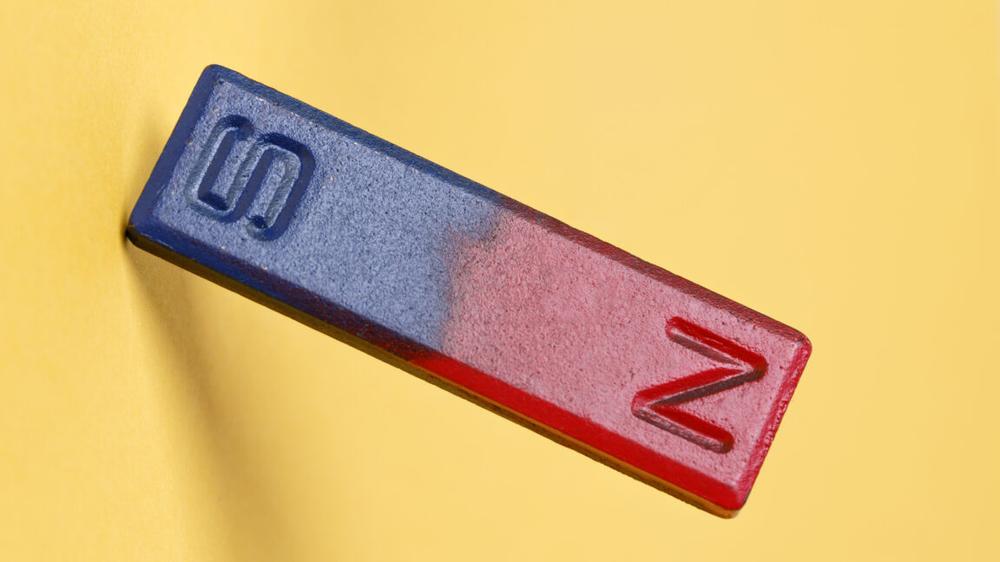All the world’s discarded phones, bricked laptops, and other trashed electronics are collectively a treasure trove of rare earth elements (REEs). But separating out and recovering these increasingly sought-after materials is no easy task.
However, a team of researchers says it has developed a way of separating REEs from waste—magnets, in this case—that is relatively easy, uses less energy, and isn’t nearly as emissions and pollution intensive as current methods. The team published a paper describing this method in the Proceedings of the National Academy of Sciences.
In short, this process involves using an electric current to heat waste magnets to very high temperatures very fast, and using chlorine gas to react with the non-REEs in the mix, keeping them in the vapor phase. James Tour, one of the authors and a professor of materials science and nanoengineering at Rice University, says that the research can help the United States meet its growing need for these elements.
“The country’s scurrying to try to see how we can get these [REEs],” he says. “And, in our argument, it’s all in our waste… We have it right here, just pull it right back out of the waste.”
Getting hot in here
In 2018, Tour and his colleagues discovered that this rapid heating process, called flash joule heating, can turn any carbon source—including coal, biochar, and mixed plastic—into graphene, a very thin, strong, and conductive material.
Building on this, in 2023, they developed a method that uses flash joule heating and chlorine. In this work, they identified the Gibbs free energy, the reactivity of a material, for the oxide form of all 17 REEs and nine common oxides found in REE waste.
Ground-up waste magnets are put on a platform made of carbon and surrounded by a glass chamber. A current runs through the platform, rapidly producing immense heat, thousands of degrees celsius in a matter of seconds. Chlorine gas is then released into the chamber, creating chlorides of unwanted elements like iron and lowering their boiling points.
Between the chlorine gas and the heat, the non-REE components vaporize and form deposits on the interior of the chamber. The REEs are left behind in oxide or oxychloride form on the carbon platform, ready to be collected.
The team studied the differences in reactivity with chlorine gas and the difference of boiling points between the oxide and chloride forms of the metals—iron’s boiling point is around 3,000° C, while iron chloride’s boiling point is only 315° C—as they “probed around” and tested different voltages and temperatures on neodymium-iron-boron and samarium-cobalt magnet waste.
Because magnets are hard, they were heated to 800° C to demagnetize and soften them prior to grinding them to dust. The separated REE residue at the end of the process can be remagnetized by exposing them to a magnet.
The end result is more than 90 percent pure and recovers more than 90 percent of the REEs from the waste magnets. Tour adds that the method could be used on different forms of e-waste, not just magnets.
“Get it from waste”
Tour and his colleagues also ran a life cycle assessment and techno-economic analysis, comparing their method to a common method of recovering REEs from waste. Called hydrometallurgical extraction, it requires a fair amount of energy and the use of a lot of acids and solvents. “It’s a messy, messy process,” he says.
The team’s analysis suggests that the method involving Fast Joule Heating and chlorine gas reduces energy consumption, greenhouse gas emission, and operating costs by 87, 84, and 54 percent, respectively.
In 2022 alone, the world produced 66.2 million tonnes of this e-waste. Metal, unlike plastic, is infinitely recyclable, and the concentration of REEs in e-waste is much higher than occurs naturally. The two main ways of mining REEs both release toxic chemicals into surrounding environments. Setting up a mine is also very expensive, Tour adds.
“You might as well just get it from waste.”
PNAS, 2025. DOI: 10.1073/pnas.2507819122

 The 77" LG Evo C5 4K OLED TV (2025 Model) Drops to Under $2,000 on Amazon
The 77" LG Evo C5 4K OLED TV (2025 Model) Drops to Under $2,000 on Amazon